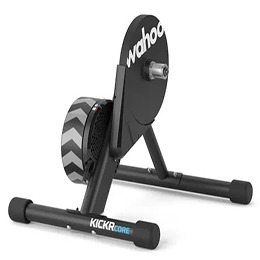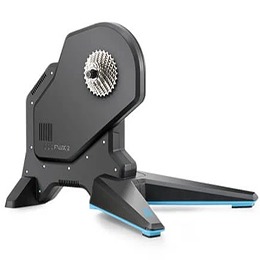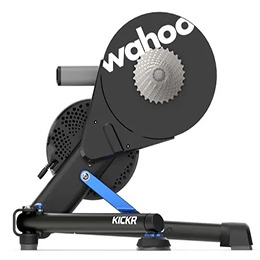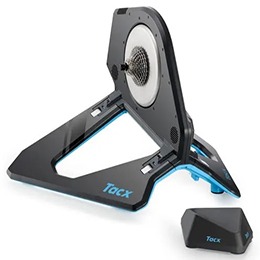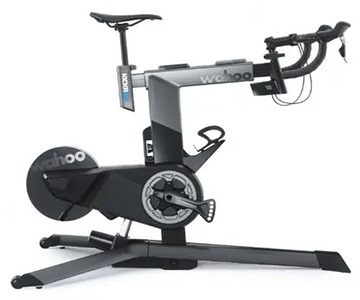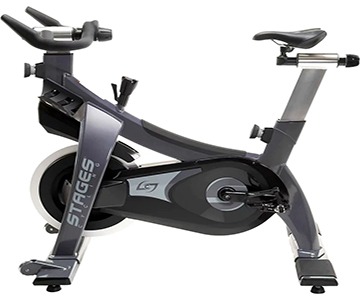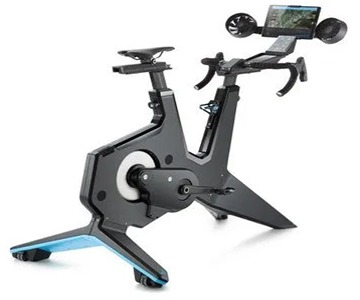indoor training
maintain your hard-earned fitness
By Evan Lee
As daylight hours grow shorter, savvy cyclists get ready for off-season training.
But what kind of trainer to use? Basic? Direct? Trainer bike? Old school rollers?
With so many options available, the decision can get overwhelming. Let’s take a look at what each of these options has to offer and how best to fit your personal training regimen.basic smart trainers
Basic trainers operate on a fluid or magnetic resistance system. They are a wheel-on interface that utilizes the rear wheel of your bike rolling against a resistance wheel on the trainer. Yes, this will add premature wear to your rear tire, and there are extra durable trainer-specific rear tires you can install to mitigate this effect. Dedicated users often just set up a trainer specific rear wheel to swap on.
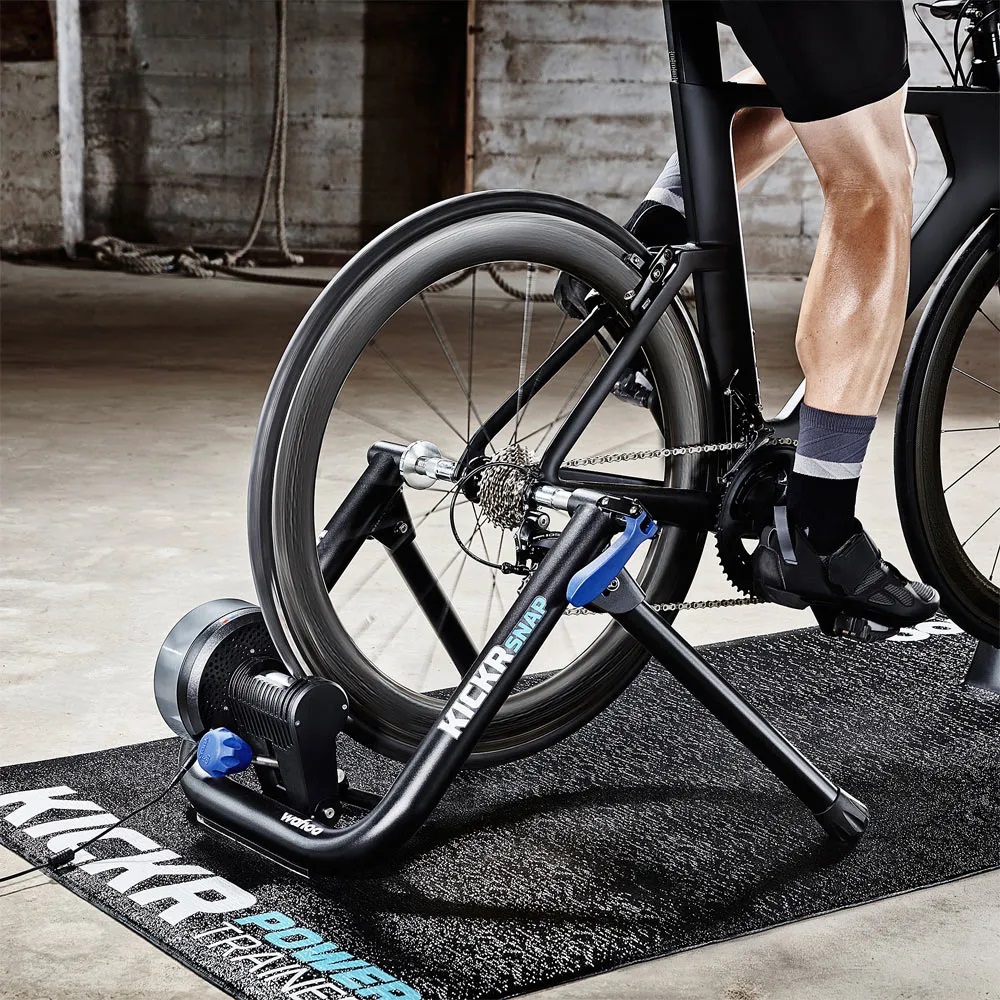
Basic trainers are significantly less expensive than direct drive trainers, and are light enough to be folded and stowed away when not in use. While they don’t offer the more realistic feeling of direct drive trainers, they still provide plenty of function to get in a proper cycling workout.
They’ve also gotten the smart treatment. Many newer versions now offer connectivity to a tablet, computer, or phone to automatically control resistance like the more expensive direct-drive smart trainers. While not as accurate in power measurement as the direct drive models, around +/- 5%, riders will still get useful data,.
Noise can be a consideration with this style of trainer, especially if used in an apartment or other shared floor/wall environment.
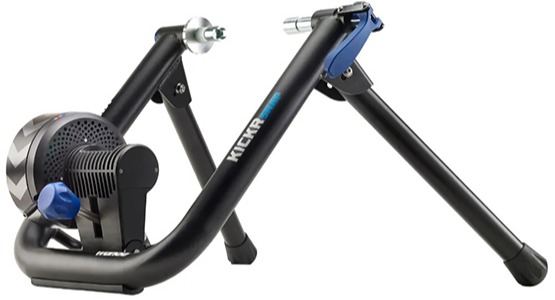
wahoo kickr snap
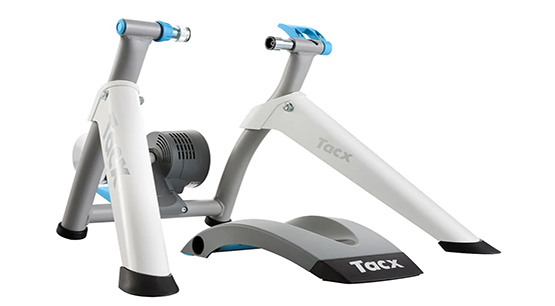
tacx flow
direct drive smart trainers
These trainers operate on a direct drive electromagnet system. While they utilize your actual bike like the basic trainer, the big difference is the rear wheel is removed and the chain is run on a cassette installed on the trainer. This allows the pedaling motion to directly engage the resistance flywheel of the drive system.

Another major difference is that these units are significantly heavier, larger, and more expensive. There is also the added expense of a separate cassette for the unit.
But with expense comes features. Chief among these is how remarkably they replicate the feel of riding the road. When connected to your favorite indoor cycling app, interactivity begins and you can effectively ride inside virtual cycling worlds where the trainer’s resistance replicates hills, descents, headwinds and even drafting effects.
Riders can also opt for interval workouts where the app adjusts resistance automatically to keep you in desired training zones. Direct drive units are decidedly more accurate in the power measurement department, +/- 1%.
Additionally there are optional accessories that can be added to some models that allow the multidirectional movement of the bike to simulate the actual cycling efforts one feels on the road.
Noise is less a consideration with this style of trainer as they run virtually silently.
smart trainer bikes
Don’t want to hassle putting your actual bike in a trainer? Go all in on a trainer bike.
The pinnacle of indoor cycling training, smart trainer bikes offer superb advantages for those willing to spend as much as they might on a real bike. Training on one of these blurs the lines between virtual and reality.
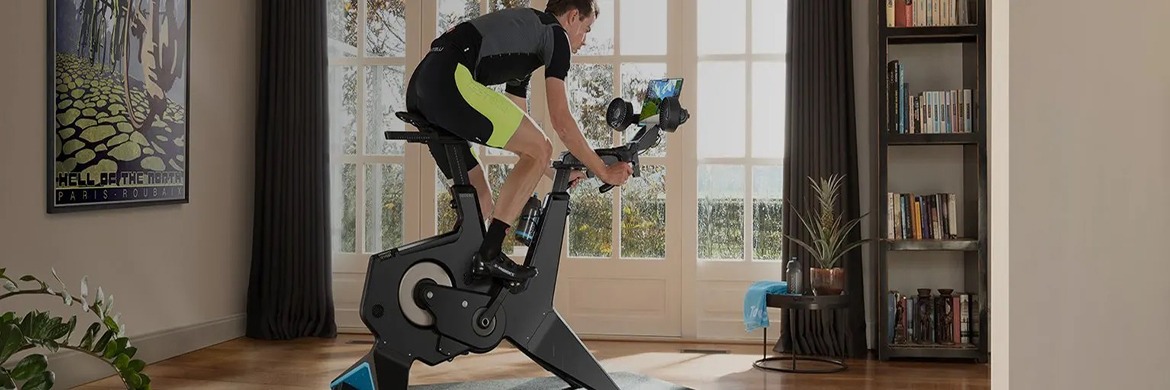
Completely customizable fit, shifting, and gearing make it easy to set up identical to your actual bike. Shimano, SRAM and Campagnolo shifting systems are all available in the setup of the bike. These settings, along with bike fit, can also be customized for each user in the household and changes between users take just moments to complete.
Trainer bikes provide real-time physical grade changes while you ride up and down virtual hills in the training app. With integrated tilt mechanisms and inclination features depending on model, the grade changes are simulated as the bike is physically raised and lowered to match ascents and descents -- 15%-25% grades depending on model -- while changes in pedaling resistance are supported simultaneously.
rollers
The most basic of all trainers. While one may presume that tech advances have made rollers go the way of the dodo, they most certainly have not.
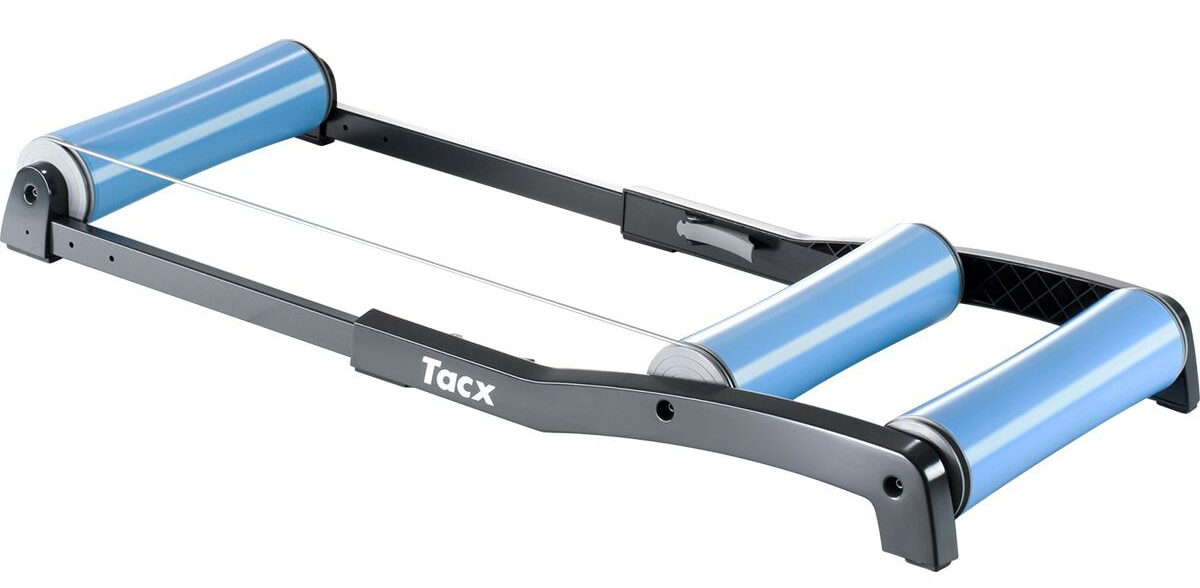
Rollers provide one thing all that technology cannot: enhanced balance. On rollers, you’re riding against a moving surface yet you’re stationary. Once you get rolling, you use all the same core muscles and balance required when riding the actual road.
Learning to ride rollers well improves bike handling skills immensely. While it’s a steep learning curve, it's totally worth it. Rollers are terrific for helping smooth out pedaling cadence. Keirin racers in Japan use them to refine pedaling dynamics. This is what an exceptionally smooth cadence looks like:
rollers pro tip!
It’s a bit like learning to ride a bike all over again, and if you're new to rollers, you will fall off! Save the pain and place the rollers in an open doorway, or next to a sturdy counter or bench, which will allow you something solid to grab when you start to fall.
Goals! YouTube provides any number of videos displaying roller skills and tricks and even cooking omelets while training.
accessories
Once you start cranking out the indoor miles you may want to add some comfort and support to your stationary cycling environment. From cooling fans to integrated heart rate monitors to climbing grade simulators, there's plenty cool kit to enhance your experience.
compatibility
Devices, operating systems, cassettes, and rear-wheel axle compatibility all need to be addressed as you make your decision. Android and iOS versions, MacOS and Windows PC, are on the list. As for the physical compatibilities of cassette and axle, if there is a problem, there are adapters available to ensure most bikes will work on most trainers, too.
training apps
Smart trainers communicate via Bluetooth and ANT FE-C protocols, so they work with most popular third-party training apps such as Zwift, TrainerRoad and the other dozen or so out there. Additionally, Wahoo and Garmin (TacX) both offer inclusive training apps and training plans specific to their product lines.
ready to start your indoor training pursuits?
We just received a massive shipment of trainers, bikes, accessories, and more. Stop by, take a demo spin, and see what is going to work best for you!

